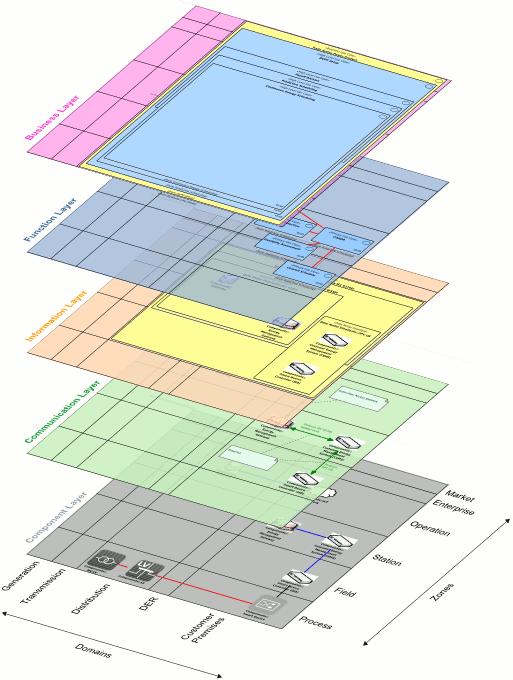COHDA
COHDA
COHDA
In decentralized systems, where the search space of a given optimization problem is distributed into disjoint subspaces, centralized optimization approaches often cannot be applied. For example, the global collection of data might violate privacy considerations or bandwidth restrictions. The gathering of such data might even be impossible, as it is the case if local search spaces are partially unknown or cannot be enumerated (i. e. due to infiniteness). Another limitation is that distributed search spaces are often not independent. Such interdependencies require to evaluate search spaces with relation to each other. For instance, this type of problem is present in the transition of today's electricity grid to a decentralized smart grid. Here, we have to cope with an increasing number of distributed energy resources (DER). The thesis focuses on day-ahead planning of the provision of active power for these DER, which can be expressed as a distributed combinatorial problem: Given a set of DER and a global target power profile, each unit has to select its own schedule for the planning horizon in such a way, that the schedules of all units jointly match the global target profile as close as possible.
For this purpose, the heuristic COHDA (Combinatorial Optimization Heuristic for Distributed Agents) is developed. The approach is based on self-organization strategies and yields a distributed combinatorial optimization process in an asynchronous communication environment. Central components for data storage or coordination purposes are not necessary.
A reference implementation can be found on GitHub.
SGAM
The COHDA heuristic has been implemented in a software prototype and has been applied to the predictive scheduling of decentralized energy resources within Dynamic Virtual Power Plants (DVPP), which have been developed in the Smart Nord project. For a realistic implementation in the energy industry, however, an architecture that is compliant to industry standards is required.
The Smart Grids Architecture Model framework (SGAM) provides a way to document static overviews of systems and actors in a Smart Grid use case. Using this framework, approaches such as the predictive scheduling in DVPP can be modeled using established languages and tools, which subsequently allows for deducing a system architecture that is compliant to industry standards. For the COHDA approach within DVPP, this has been done exemplarily. The figure below shows a three-dimensional visualization of the resulting model for the different layers, domains and zones of the SGAM. The complete model can be accessed as interactive version here, and a publication regarding this model is available here.
Open the complete model as interactive version here!

